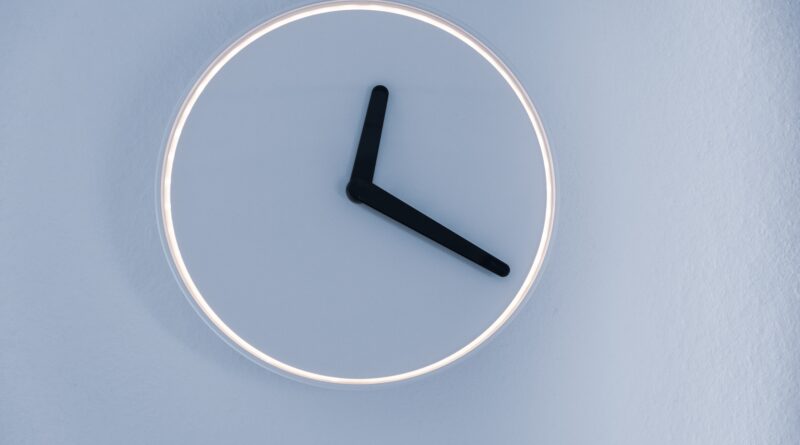Leap Second
A leap second is a second that is added or deleted so that the difference between UT1 (Universal Time based on the rotation of the Earth) and UTC (Universal Time based on an atomic clock) doesn’t become more than one second.
うるう秒
Some websites say something like that adjustments by leap seconds are needed because the rotation speed of the Earth is gradually slowing, but this reason is not true.
うるう秒は、地球の自転に基づく世界時(UT1)と、原子時計に基づく協定世界時(UTC)の差が1秒以上にならないように、追加・削除される秒のことです。
Although the rotation speed of the Earth is gradually slowing indeed, the amount is about one millisecond per one century, so it doesn’t matter.
あるサイトでは、地球の自転の速度が徐々に遅くなっているため、うるう秒による調整が必要と書かれていましたが、これは誤りです。
The actual reason seems to be because the pace of the International Atomic Time is slightly different from the pace of the Earth’s rotation.
確かに地球の自転は徐々に遅くなってはいますが、約100年で1日が1ミリ秒遅くなるだけであり、ほとんど影響はありません。
Totally 36 leap seconds have been added since the introduction of the leap year in 1972.
実際には、国際原子時(世界協定時)の歩度が、自転の周期と僅かにずれているためだそうです。
However, if the pace of the International Atomic Time was completely correct one, the total leap seconds of additions and deletion would be only three seconds.
1972年にうるう秒が導入されてから、これまでに36秒が追加されてきましたが、国際原子時の歩度が正確なものであったならば、うるう秒の追加・削除は3秒だけで済んでいたそうです。
By the way, the adjustments by leap seconds are conducted on June 30 or December 31.
ちなみに、うるう秒による調整は、6月30日か12月31日に行われます。




